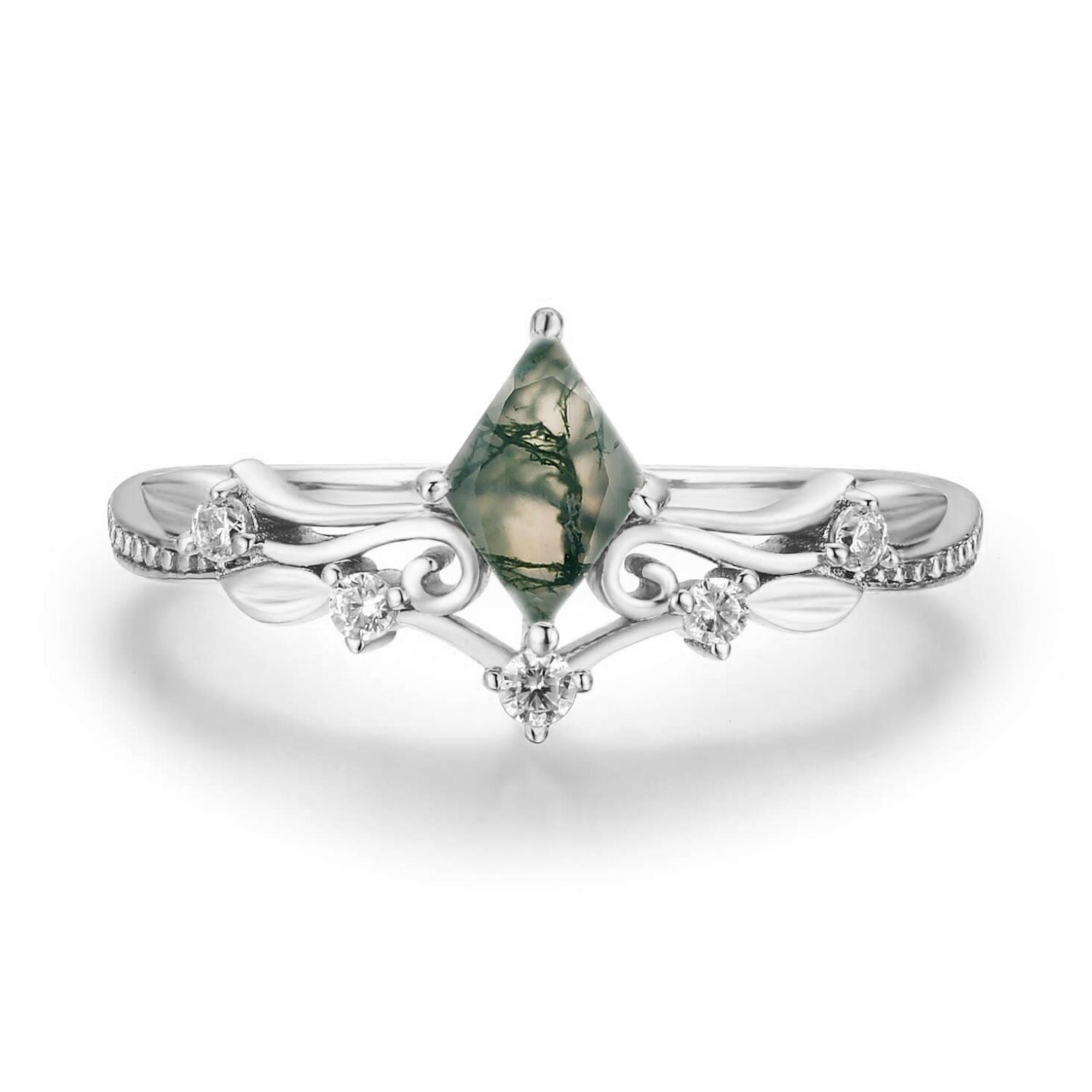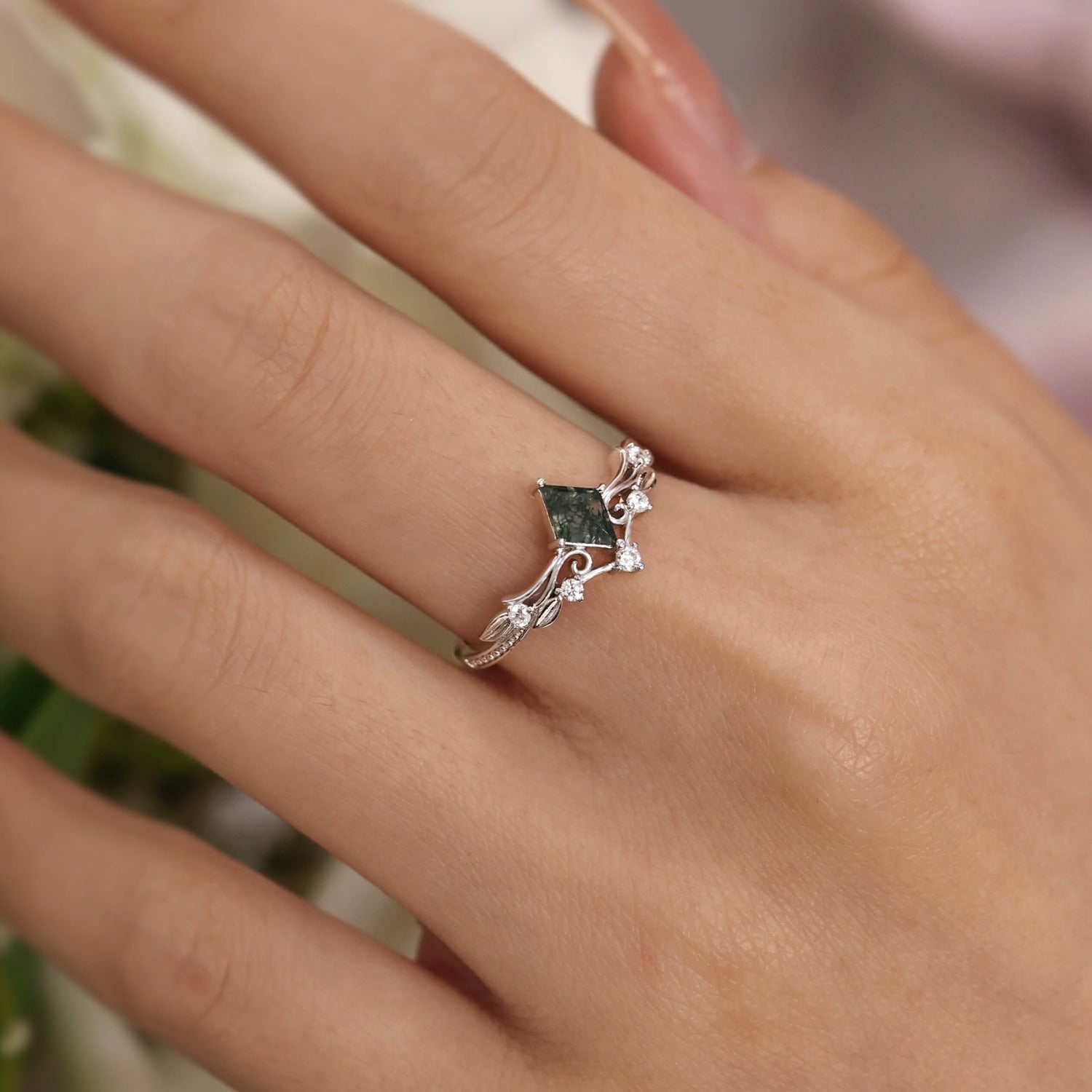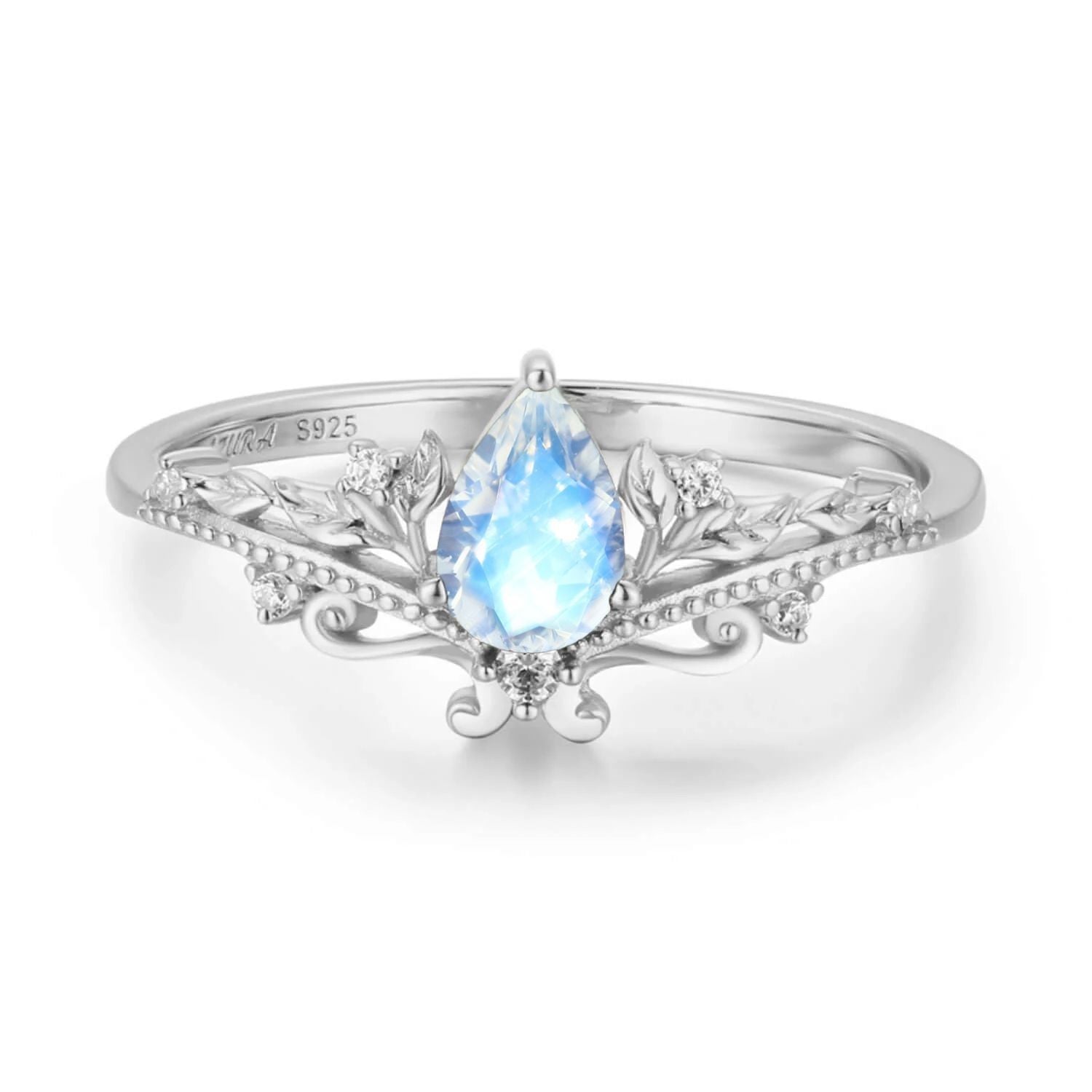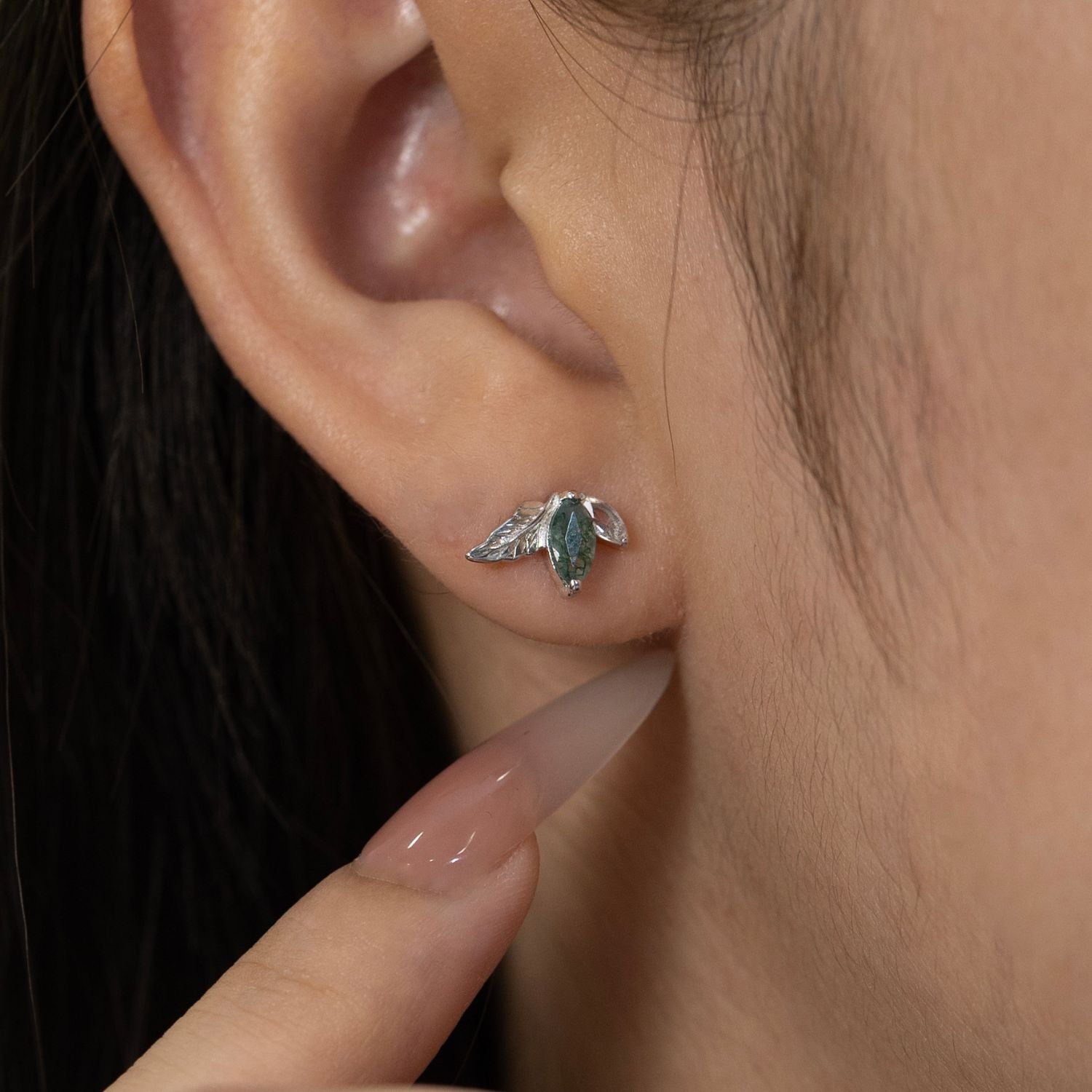Emerald is an exquisitely charming green gemstone. Its elegant green shade is a symbol of new life and the promise of spring, which is why it is the birthstone of May.
Talk more of the vibrant green shade of the emerald jewelry which gives the wearer a new life and has been overwhelmingly recognized as the lover’s stone for ages.
A venture into the amazing world of this coveted green gem is sure to revive conjugal love and uphold lovers' pledges.
Meaning of Emerald
The etymology of the word “emerald” embodies the concept of the color green. In ancient and medieval times, the term “emerald” was often used to refer not only to the stone which we classify as the emerald today but to other precious or semi-precious green stones as well.
Today, certain beryls are classified as emeralds by their color, with only certain shades of green being acceptable. A preference is for “grass green,” although some emeralds contain yellow or blue tones as well.
Stones that are too light in color to be called emeralds are classified as “green beryl.” Also, traditionally a beryl’s green color must come from the mineral chromium for it to be called an emerald.
Let’s take a closer look at the evolution of this May birthstone.
History and Origin of Emerald
Historically, emeralds were mined in the Cleopatra Mines in Egypt, but these mines have long since been abandoned.
The Aztecs in Mexico named the emerald quetzalitzli or the “stone of quetzal.” This referred to the “brilliant green plumes of the bird quetzal, a symbol of royalty.
In the Bible, the emerald is used both to denote spiritual virtues and, alternately, to indicate degeneracy and the misuse of the riches of God’s earth by corrupt rulers.
There have been myths of Indian emerald mines, which have not been substantiated. Many of the so-called Indian emeralds were actually from Colombia
Along with gold, the emerald was a great momentum to the Conquistadors from Spain to come to the New World. The Conquistadors, driven largely by greed, engaged in wholesale massacres of the Indian population and the exploitation of its labor in the mines.
Slaves were also imported from Africa to work in these mines, as the native Indians were subjected to such terrible conditions in the mines that they could no longer have children.
Eventually, these mines were abandoned, but they recently have been rediscovered. Unfortunately, organized crime has become involved in the mining and smuggling of emeralds in recent times. It is not thought safe for civilians to visit the Colombian emerald mines today, as kidnappings are frequent.
The opening up of the Colombian mines in the sixteenth century by the Spanish resulted in a booming emerald trade to Europe and the East, where wealthy people and rulers coveted the precious green gems.
Throughout history, Emerald has been adorned by royalties and elites. Queen Elizabeth II had a magnificent collection of emerald jewelry which includes an emerald diadem. Also, Alexander the Great had a large emerald set into his girdle. The Mogul of Delhi was said to have owned an emerald of 78 carats with the inscription in Persian: “He who possesses this charm shall enjoy the special protection of God.”
Today, emerald deposits have been discovered as well in Zimbabwe, Zambia, Brazil, Russia, Afghanistan, the Yukon, and in Hiddenite, North Carolina
Why are Emeralds Rare to Find?
A reason for the rarity of emeralds is the fact that the very rare element beryllium is not usually found in the vicinity of chromium, which provides the coloring for the emeralds. Whereas beryllium is usually located 8-10 kilometres underneath the earth’s surface, chromium typically occurs at a depth of 40-50 kilometres. The two elements come together only in the presence of violent tectonic activity and upheaval.
Signs of the Zodiac
As the birthstone of May, the emerald is linked both to Taurus and Gemini. A connection also exists to the fourth sign of the zodiac: Cancer.
Emerald Lore – Powers of the Emerald
Much of the lore regarding the emerald and its powers are in accord with the stone’s green color and with its planetary rulers, especially Venus and Mercury.
As a green stone, the emerald was associated with the concepts of nature and new life. The color green, and, therefore, the emerald, has long served as a symbol of obedience, spring and rebirth.
The ancient Egyptians called the emerald “the lovers’ stone,” as it was said to increase love. This gem, which also brings fertility, was considered an appropriate gift for young lovers. The stone revived conjugal love and ensured the truth of a lover’s pledge.
The emerald has long been considered a protection against venom. It would cure bites of poisonous insects and protect the wearer from serpents.
The emerald was thought to increase one’s mental abilities, and one’s honesty as well, as was thought to increase the owner’s wisdom, which in turn would increase his frugality and honor, ultimately leading to riches.
The stone has also served as a talisman of travelers. Wearing an emerald ring or an emerald necklace averts ambush, protects one from natural disasters and gives victory in combat. It was said to be particularly effective in the protection of mariners, fishermen, and anyone who ventures onto the seas. This was accomplished primarily through its connection to the goddess Isis, the moon, and the tides.
To be of greatest effect the stone should be engraved with the symbol of Gemini and worn on the left arm attached by a green cord. An added benefit to the wearing of an emerald in this manner was its ability to dispel any evil spirits which may attack during a trip.
HEALING POWERS
The emerald was widely touted as a curative for various diseases, including dysentery, loss of appetite, ills of the gallbladder, gas and other digestive problems, kidney stones, leprosy, skin diseases, cholera, malaria, and the plague.
The emerald was thought to cure hemorrhages and hemorrhoids.
Also, Hindu authors stated that the emerald gave general good health and warded off the demonic influences which could bring disease with them.
According to Muslim writers, inscribing the stone with a verse from the Koran would magnify its healing powers.
The owner should wear this emerald as a brooch, ring, or necklace to convey spiritual blessings on him and his family.
Durability, Clarity and Treatment
Emeralds are at the level of 7.5 – 8 on the Mohs hardness scale for gemstones. Therefore, emeralds are best worn as a ring on special occasions rather than daily because of their fragility. Emerald is better suited for earrings and pendants that are usually subjected to less impact and abrasion than rings and bracelets.
Emeralds are often treated with oil or synthetic fillers to increase their luster and durability. Only certain types of treatments are considered to be ethical, however. Any treatment which changes the color of the stone is not considered to be permissible.
Cleaning emeralds should be done with care. Steam and ultrasonic cleaning can remove oils and other fracture-filling treatments. A light washing in warm water with a mild soap is safer for cleaning and should be done sparingly.









